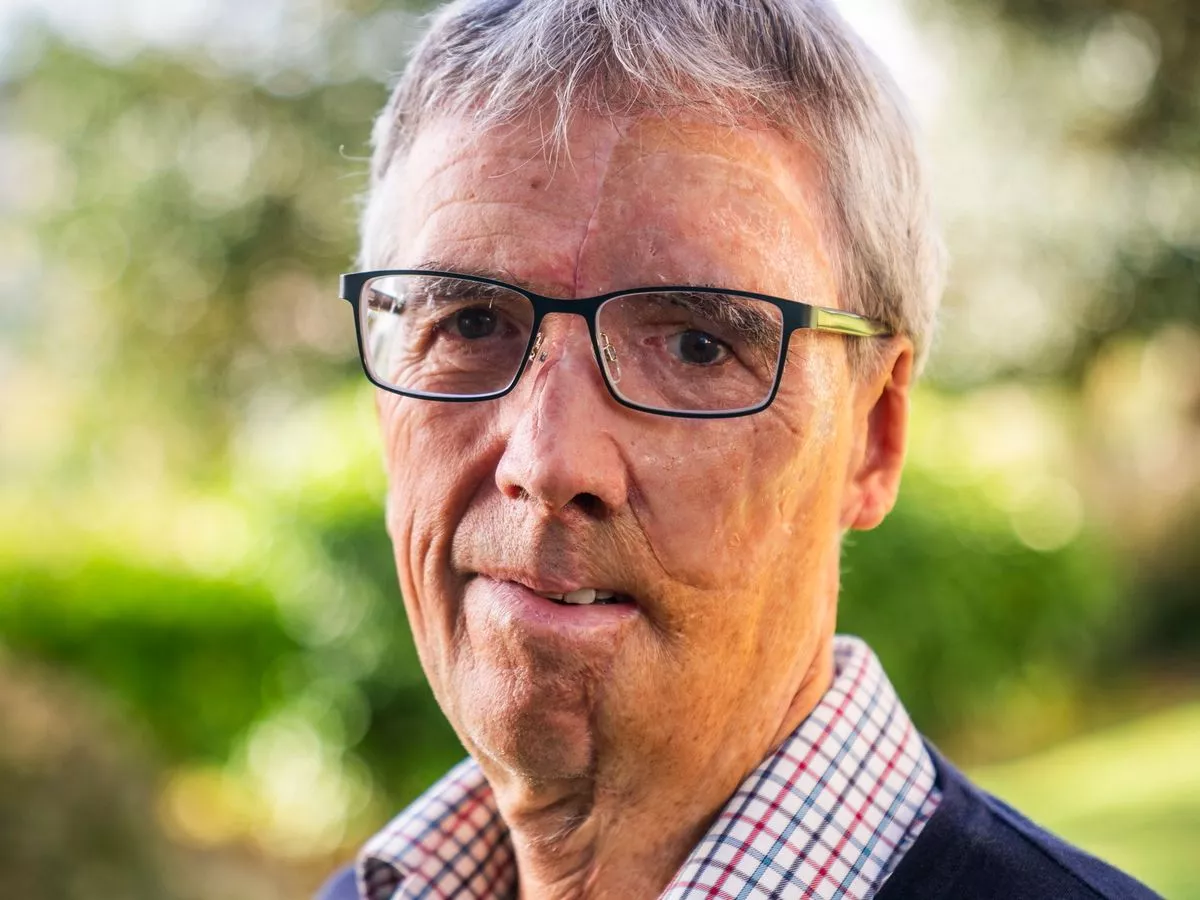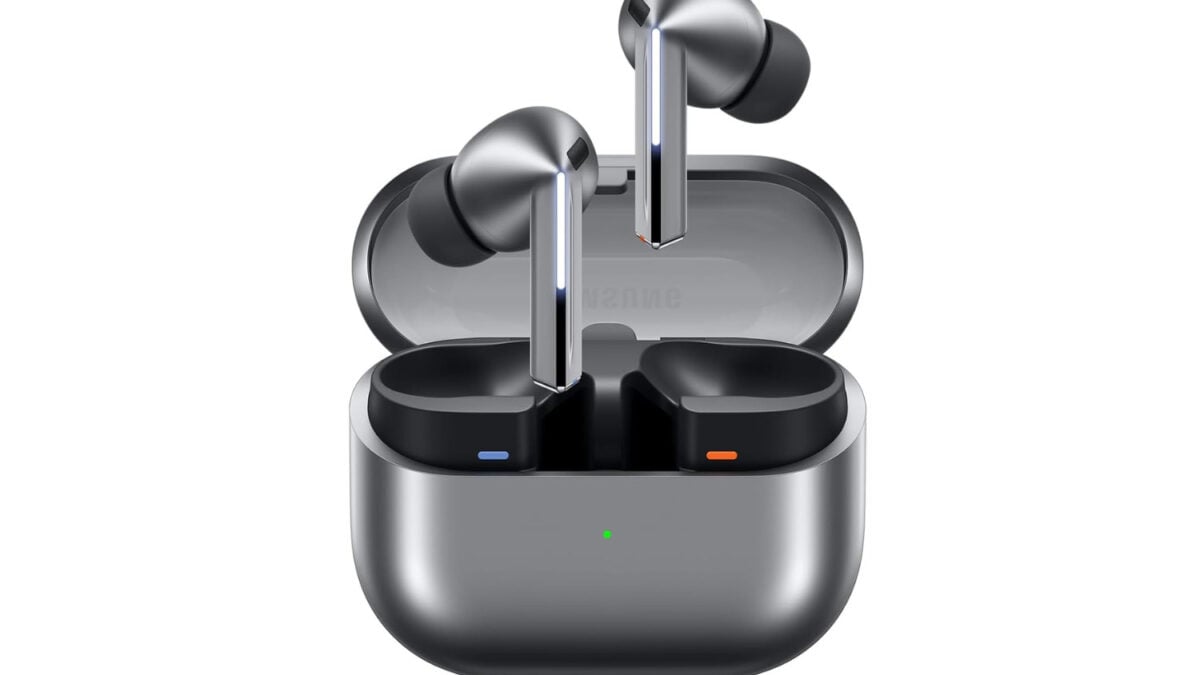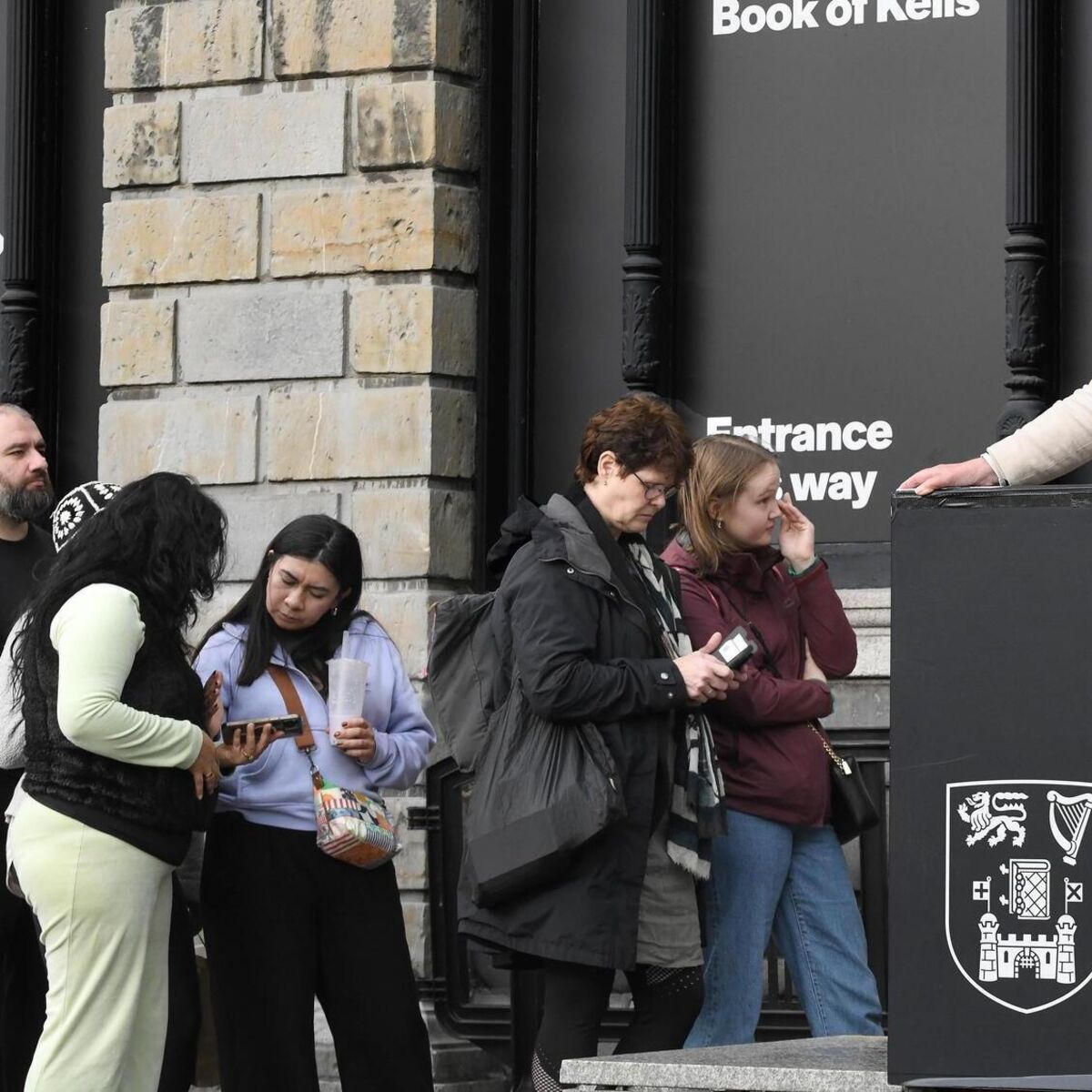Copyright manchestereveningnews

A cyclist injured in a horror crash with a speeding drunk driver has become the first patient to receive a 3D printed face on the NHS . Dave Richards, 75, says he was 'lucky to survive' the crash in 2021 which damaged his back and pelvis and saw him break multiple ribs on one side of his body. He also received full thickness burns to the side of his face. The devastating facial injuries meant the grandfather-of-four lost almost half of his face, including one of his eyes. But incredible photos show his new 3D prosthesis that fits the space on his face and mimics his hair colour, eye colour and skin. Dave, from Devon, says receiving the prosthetic has been a "surreal" experience, which has helped him with his confidence and rehabilitation. He said: "After wearing the neck brace for a week, which was produced using their 3D technology, I was amazed. "It definitely has helped because it has put pressure on the scar line, softening the tissue and making life easier to wear my face prosthesis." On July 21, 2021, Dave was out cycling with two of his friends in Mere, off the A303 - when they were hit by a speeding drunk driver. Dave, who has always been a fitness fanatic and adventurer, said: "It was a lovely sunny day, and not long into the ride, we were going up a hill on a B road, and this guy comes up behind us at speed, and over the drunk drive limit. "He was on his phone, racing up behind us and we were all in line. He wanted to swerve around us, but there was a car coming the other way, so it was either smash into the car or smash into us. "My two friends got hit, and were thrown clear of the car, but I got trapped under the car, and was rolled along, with the engine and exhaust burning through one side of my body and the other side being crushed by the car." Dave said he felt 'vulnerable' after the crash and was uncomfortable about how he looked. He said: "In the early days of my recovery, I felt very vulnerable, and would not expose myself to social situations. "It took me a long time to feel comfortable about my image, how I thought people looked at me and what they thought of me - but I have come a long way in that respect. "I was keen to explore anything that could be done to alter the visual aspects of my injuries to give me more confidence." During recovery from his injuries, Dave was referred to Reconstructive Prosthetics, which has just opened The Bristol 3D Medical Centre. It is the first of its kind in the UK to have 3D scanning, design and printing of this kind in a single NHS location. The centre, based in Frenchay, Bristol, provides scientific and technical support to trauma patients through state-of-the-art digital technology and specialist reconstructive expertise. Dave was able to use the services at the centre after the accident. He said: "When 3D capability came along, it opened up a whole range of possibilities. "It is not the most pleasant of processes - they relied on various molds and wax impressions from manual processes, they took lots of photos for a record of how it looked, and there was lots involved in making the molds and casts on your face by covering your nose and mouth." Amy Davey, Senior Reconstructive Scientist at NBT, said: "Surface scanning patients for prosthetics means that patients can be scanned while moving, and this technology can use that movement to aid the prostheses to accommodate movement. "The 3D printers used involve advanced plastic resins whose properties allow direct application to the skin, with materials that are safe against the skin for long periods. "Another printer at the centre has the ability to produce materials that closely resemble those of the bones themselves, allowing a far more 'natural' implant. "3D scanning over time can be useful in quantifying a patient's progress and enabling any necessary adjustments to be carried out, particularly for treating and monitoring scars." Dave continues to visit the Bristol 3D Medical Centre. He has also received a large orbital prosthesis and neck scar splints to help soften scar tissue. He says he started indoors cycling five months after the accident, and has been building up the confidence to cycle outside again. The man who caused the accident was sentenced to three years and banned from driving for seven years.



